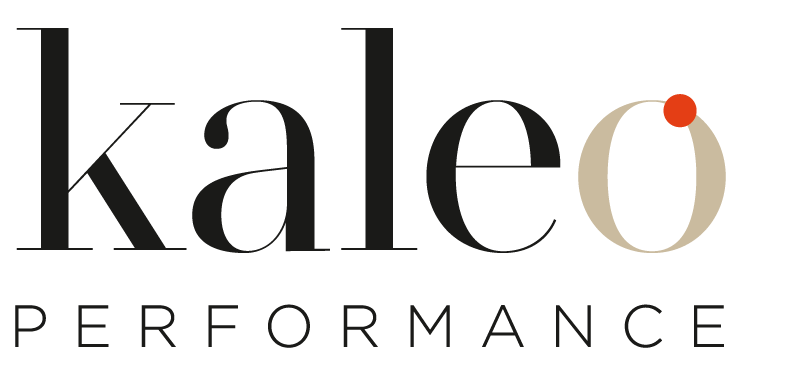In today’s dynamic business environment, the reporting structure of IT is pivotal, especially concerning IT outsourcing. Organizations typically consider two main reporting lines for IT: the Chief Executive Officer (CEO) and the Chief Financial Officer (CFO). Each option presents unique advantages and challenges.
IT Reporting to the CEO:
– Pros:
1. Strategic Alignment: IT initiatives align with the company’s goals, fostering innovation and competitive advantage.
2. Enhanced Decision-Making: Facilitates informed investments in AI and security.
3. Agility: Enables swift responses to emerging trends.
– Cons:
1. Risk of Overemphasis on Technology: May overshadow other vital business areas.
2. Limited Financial Oversight: Without CFO input, budgeting and financial planning may suffer.
IT Reporting to the CFO:
– Pros:
1. Financial Accountability: Promotes effective cost management and budgeting.
2. SLA Understanding: Improves negotiations with external vendors.
– Cons:
1. Narrow Focus: Restricts IT’s role in strategic discussions.
2. Delayed Decision-Making: Slows down IT responsiveness.
A Balanced Approach: CEO with Dotted Line to CFO
Given the rise of digital transformation and AI, a robust reporting structure is essential. A solid line to the CEO ensures IT’s integral role in strategic initiatives, while a dotted line to the CFO provides necessary financial governance. This dual approach enhances resource allocation, SLA negotiations, and overall organizational agility.
In conclusion, establishing an IT reporting structure that combines direct accountability to the CEO with financial oversight from the CFO fosters collaboration between technology and finance, positioning organizations to thrive in a competitive landscape and maximize AI’s transformative potential.

